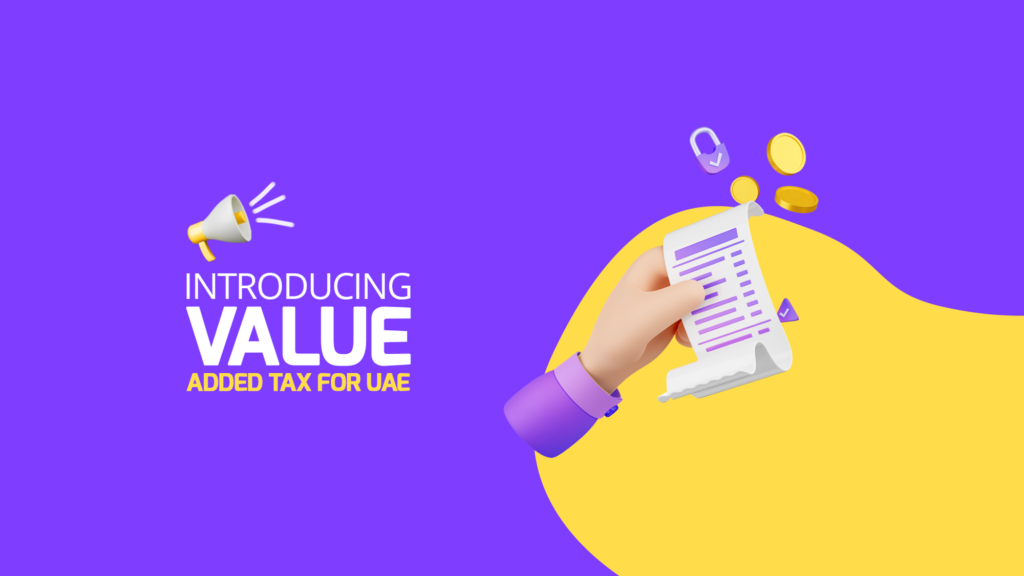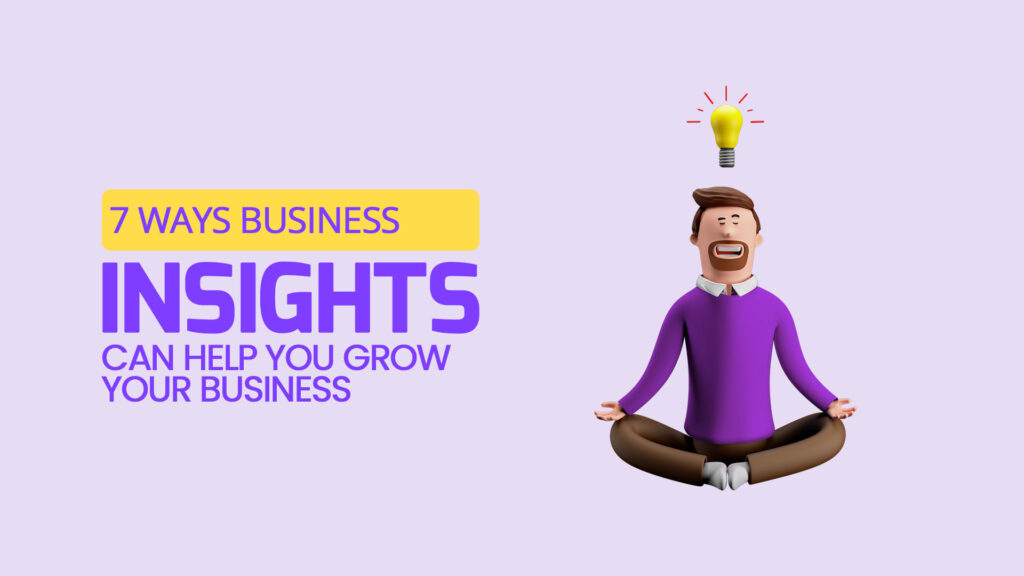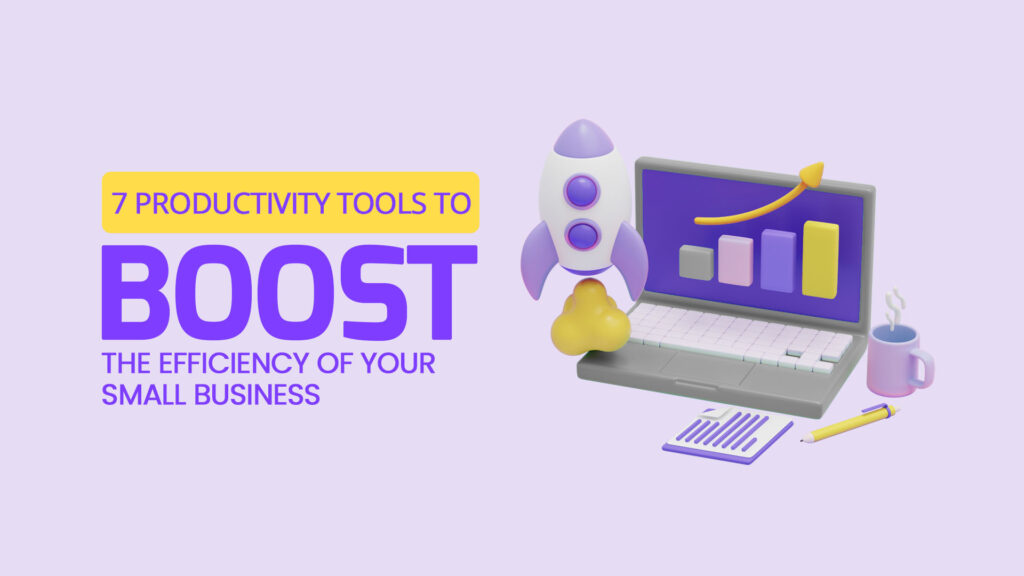Introducing Metric’s VAT Revolution: Transforming UAE Business Finances!
For our valued Metric users in the United Arab Emirates (UAE), we’re excited to introduce a game-changing feature – VAT Integration! Simplify your tax management and streamline your finances with ease. Managing Value Added Tax (VAT) has never been this effortless. How It Works Adding VAT to your transactions is now as simple as 1-2-3: Enter Transaction Details: When adding income or expense transactions, ensure you input all the necessary information. Toggle VAT On: With just a tap, you can add VAT to the current transaction. Automatic VAT Calculation: Metric will perform the VAT calculation for you, instantly displaying the net total amount. Submit and Invoice: Mark the payment status, indicate who made the payment, and submit. Your transaction, along with VAT, will seamlessly appear on your invoice. Why VAT Integration Matters The benefits of VAT Integration are transformational for businesses: Effortless VAT Inclusion: Easily add VAT to your transactions, reducing the risk of tax-related errors. Automatic VAT Calculation: Say goodbye to manual calculations as Metric handles the math, displaying the net total amount. Enhanced Invoicing: Your invoices become clearer and more transparent, ensuring compliance with tax regulations. Government Reporting: Keep track of what you owe to the government and what you’re owed, simplifying your tax compliance. For a comprehensive overview of your VAT amounts and transactions, the VAT report is at your fingertips. It’s time to simplify your financial management and stay in control of your finances effortlessly with Metric. Ready to Experience the Ease of VAT Integration? Discover the convenience of VAT Integration now! Head to our app – Metric and elevate your financial management to new heights. Streamline your taxes, simplify your finances, and take control of your financial future with Metric. It’s your partner in financial success!
Introducing Metric’s VAT Revolution: Transforming UAE Business Finances! Read More »






